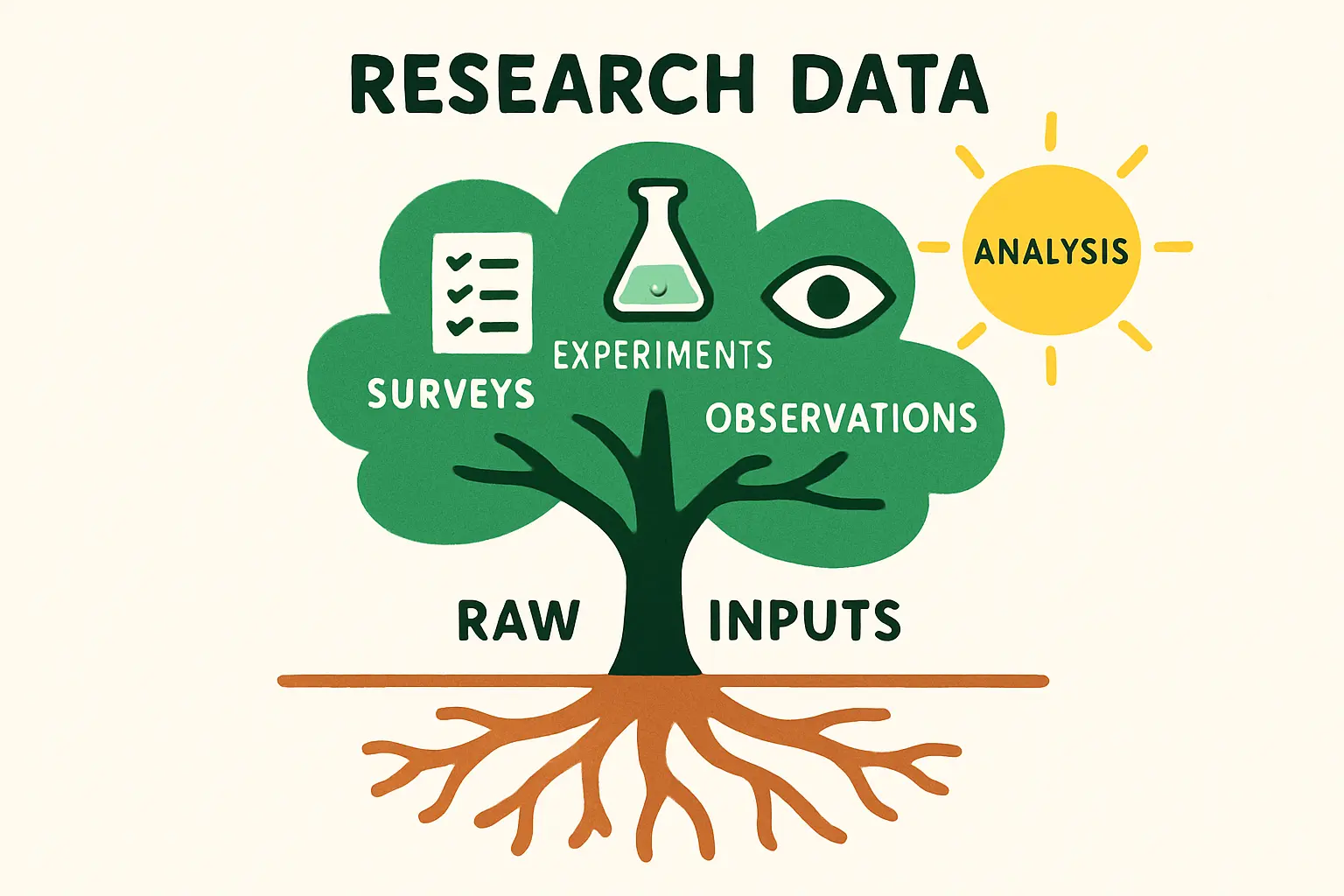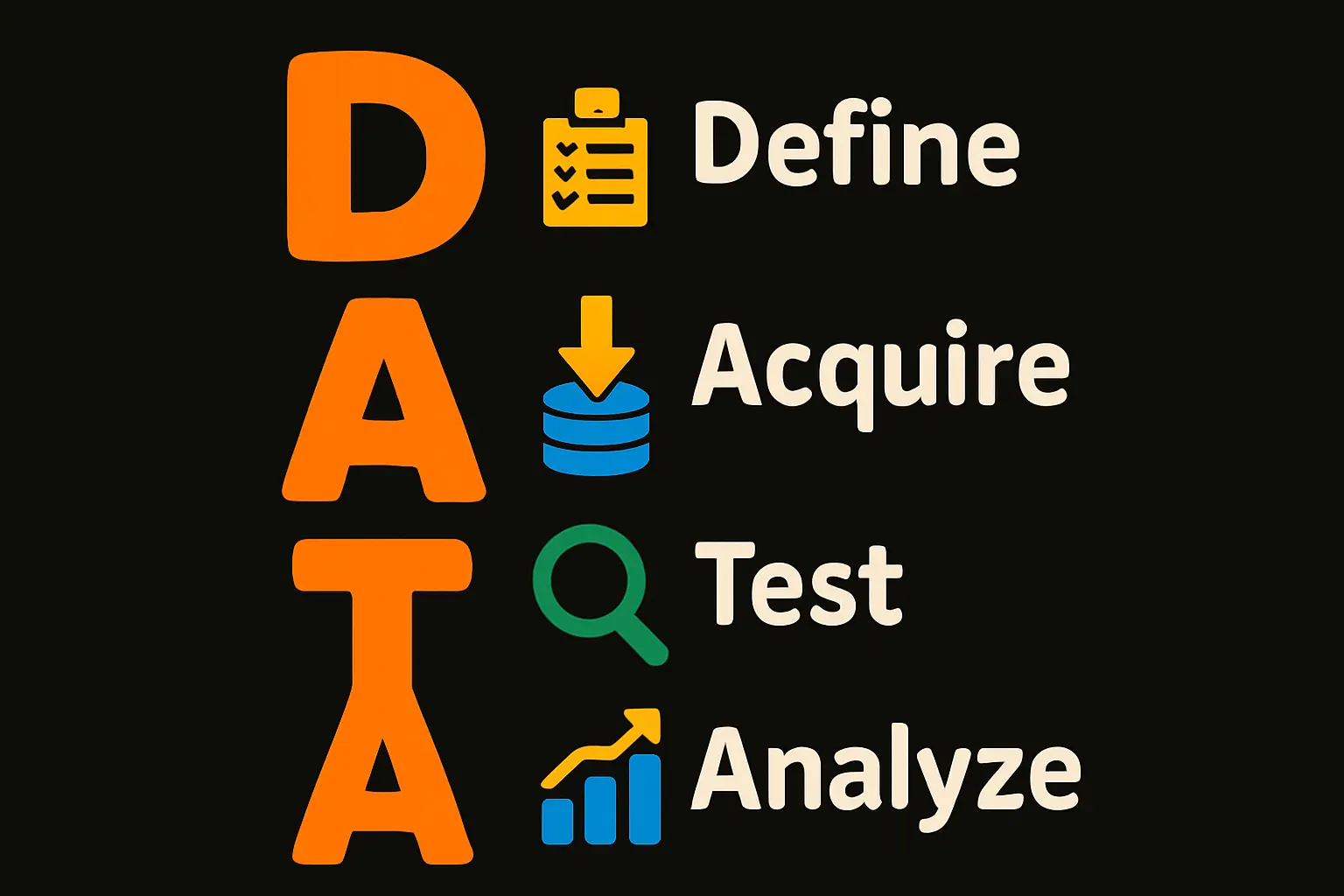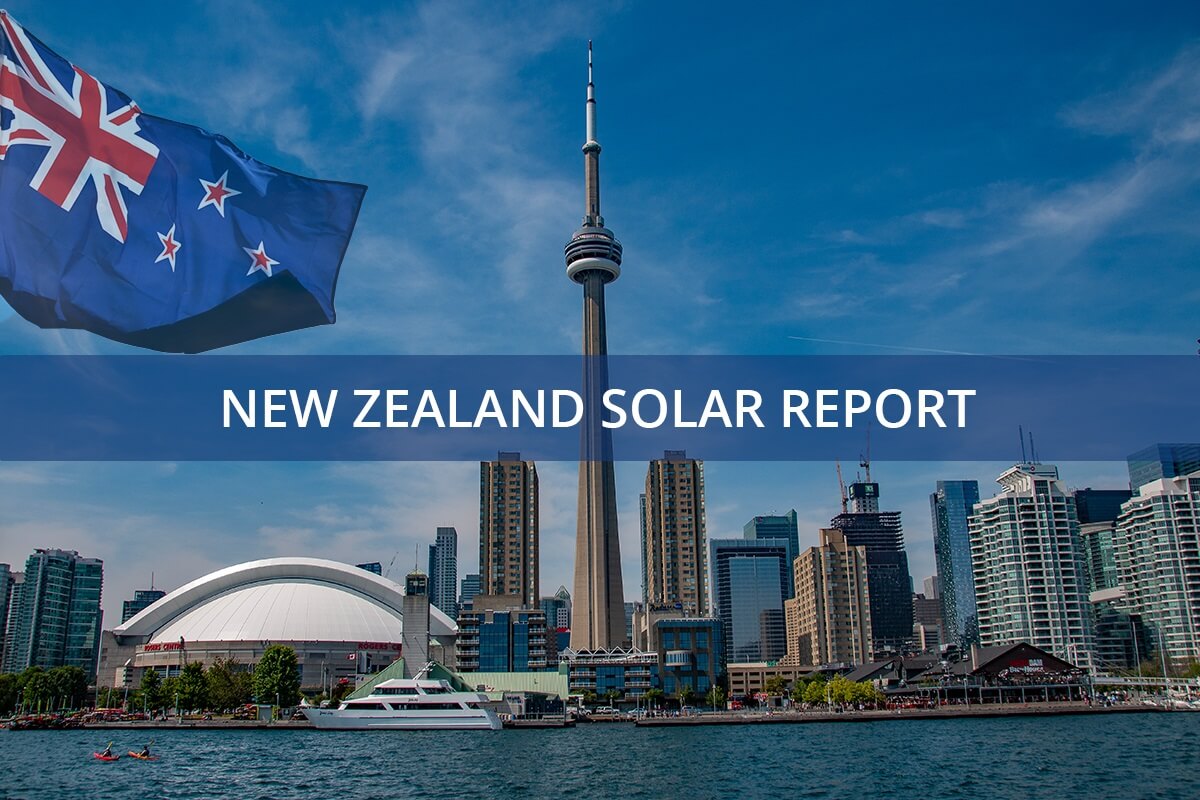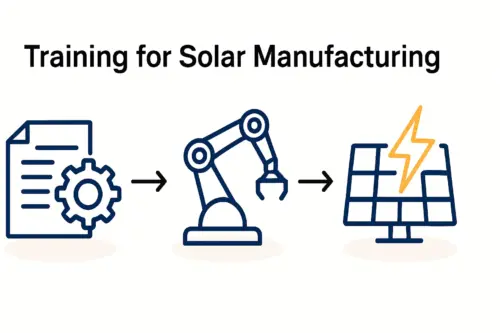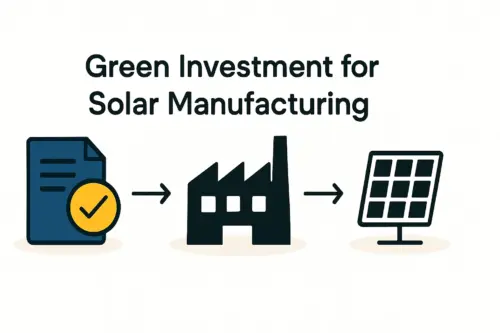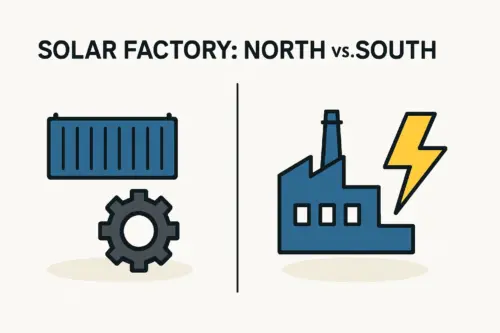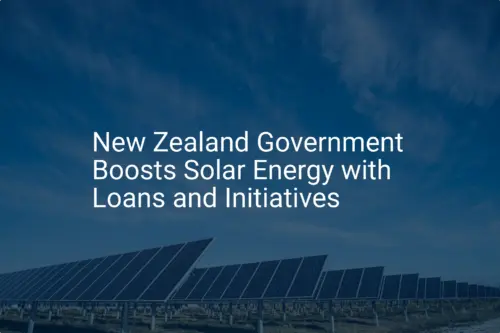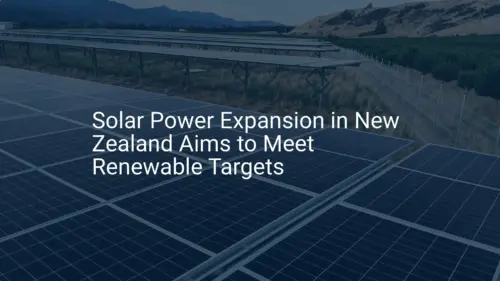Embarking on a solar module manufacturing venture in an island nation like New Zealand brings a unique mix of opportunities and challenges. While local production can enhance energy security and create skilled jobs, it is fundamentally reliant on a global supply chain.
For an entrepreneur new to the solar industry, the logistics of sourcing raw materials from thousands of kilometers away can be the most daunting part of the business plan. The success of the entire operation hinges on a robust procurement strategy.
This guide provides a framework for understanding and navigating the complexities of sourcing essential materials for solar module production. We will examine the global landscape, outline key logistical hurdles, and present a strategic approach to building a resilient, cost-effective supply chain for a manufacturing facility far from traditional production centers.
The Global Landscape of Solar Material Production
Building a solar panel requires the precise assembly of several key materials. The foundational components for modern solar panels come from a highly specialized and geographically concentrated industry. Understanding the solar module manufacturing process reveals why certain materials are so critical.
The primary raw materials include:
- Polysilicon: The high-purity silicon that forms the basis of solar cells.
- Solar Glass: Specially tempered, low-iron glass for the front of the module.
- Encapsulant (EVA): Ethylene-vinyl acetate films that laminate and protect the solar cells.
- Backsheet or Second Glass Panel: A protective layer for the rear of the module.
- Aluminum Frames: To provide structural integrity.
- Junction Boxes: To house the electrical connections.
According to a 2022 report from the International Energy Agency (IEA), the production of these materials is overwhelmingly concentrated in a single region. China’s share of global manufacturing exceeds 80% for every major component, from polysilicon and wafers to cells and modules. For critical inputs like solar-grade polysilicon and the wafers sliced from it, this share rises above 95%.
This concentration means that any new solar module factory, particularly in a remote island nation, will be almost entirely dependent on imports from a very specific part of the world.
Key Challenges for an Island-Based Manufacturer
This geographic reality creates a unique set of challenges that must be addressed in the initial business planning phase.
Logistics and Shipping Costs
The sheer distance between primary suppliers and an island-based factory is the first hurdle. This creates several variables:
Ready to make big Profits?
The solar Industry is Booming
WE HELP NEWCOMERS to the solar industry start their own solar module production line. Customers can make BIG PROFITS by selling modules and finding investors, without wasting money and time on things they don't need!
-
Elevated Freight Costs: Shipping heavy and fragile materials like glass across oceans is a significant operational expense. As the IEA noted, the cost to ship a 40-foot container from China to Europe or North America increased fivefold between 2019 and late 2021, demonstrating extreme volatility.
-
Extended Lead Times: Sea freight from Asia to a country like New Zealand can take four to eight weeks, not including potential delays in customs or port congestion. This requires meticulous planning to prevent production halts due to a lack of materials.
-
Risk of Damage: Longer transit times increase the risk of damage to sensitive components, requiring robust insurance and quality checks upon arrival.
Price Volatility of Raw Materials
The solar industry is subject to global commodity price fluctuations. Polysilicon, a core ingredient, saw its price climb from under USD 10 per kilogram in mid-2020 to over USD 35 per kilogram by mid-2022. For a new manufacturer, such swings can severely impact profitability if not managed through strategic purchasing and hedging.
Working Capital Management
Long lead times mean holding a larger inventory of raw materials as a buffer. While this secures production, it also ties up significant working capital—cash that could otherwise be invested in other areas of the business. This must be factored into the initial investment for a solar factory.
A Strategic Framework for Sourcing
A methodical approach to procurement can mitigate these challenges. The following steps provide a reliable framework for building a resilient supply chain.
Step 1: Detailed Cost Analysis and Financial Planning
Raw materials typically account for the largest portion of a solar module’s final cost. A comprehensive financial model must go beyond the supplier’s list price to calculate the ‘landed cost’ for each component. This includes:
- The purchase price of the material (Free on Board – FOB).
- International shipping and freight charges.
- Insurance costs.
- Import tariffs, duties, and local taxes.
- Inland transportation from the port to the factory.
Understanding these elements is crucial for accurate financial forecasting and for setting a competitive sales price for the finished modules.
Step 2: Building a Resilient Supplier Matrix
Relying on a single supplier for any critical component creates unacceptable risk. A new manufacturer should aim to qualify at least two, and preferably three, suppliers for each key material (e.g., glass, EVA, cells).
Criteria for supplier selection should include:
- Quality and Certifications: Look for established suppliers with internationally recognized certifications (e.g., ISO 9001, TUV).
- Production Capacity and Reliability: Ensure the supplier can consistently meet your volume requirements.
- Financial Stability: A financially sound partner is less likely to cause disruptions.
- Technical Support and Communication: A responsive supplier offering strong technical support is invaluable.
Step 3: Implementing a Rigorous Vetting and Quality Control Process
Personally visiting every potential supplier isn’t always feasible. However, a structured vetting process is essential to ensure quality and reliability from afar.
Based on experience from turnkey projects like those managed by J.v.G. Technology, a physical factory audit is non-negotiable for primary suppliers. This can often be handled through a trusted third-party inspection service or a consulting partner with a presence in the region. The process ensures that a supplier’s stated capabilities match their on-the-ground reality.

